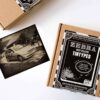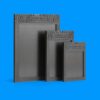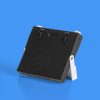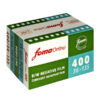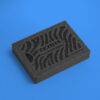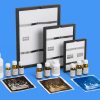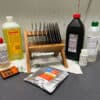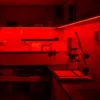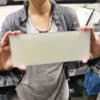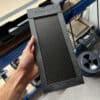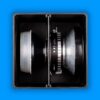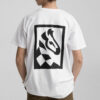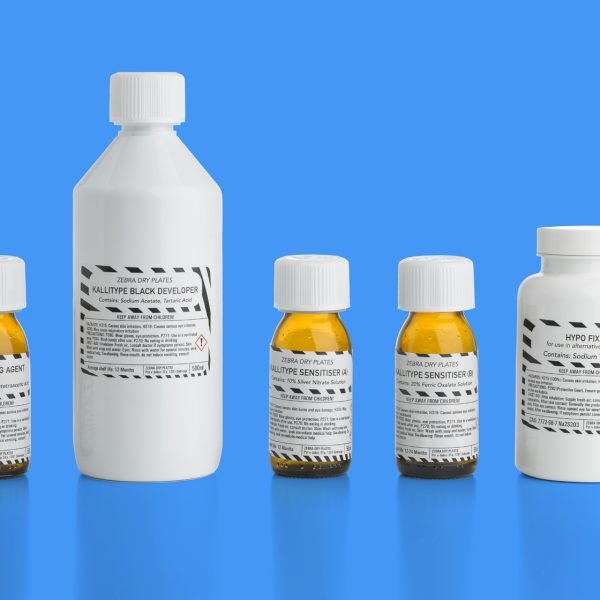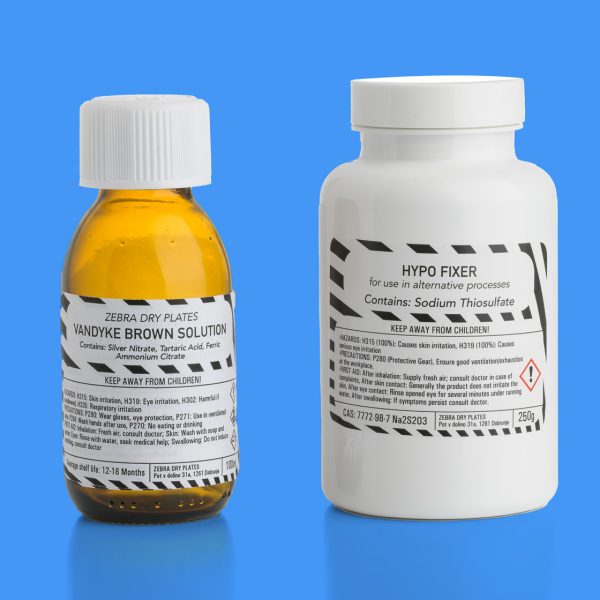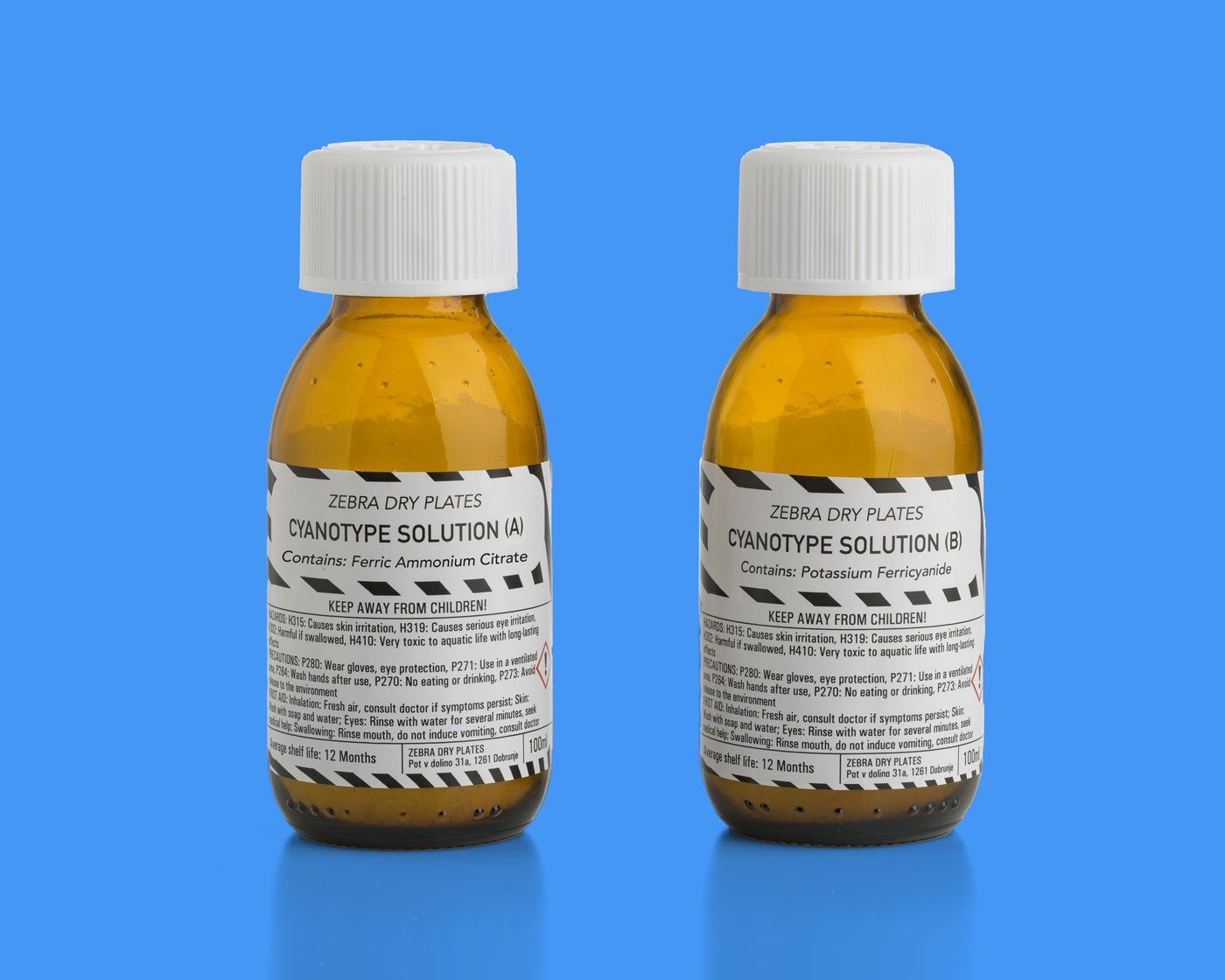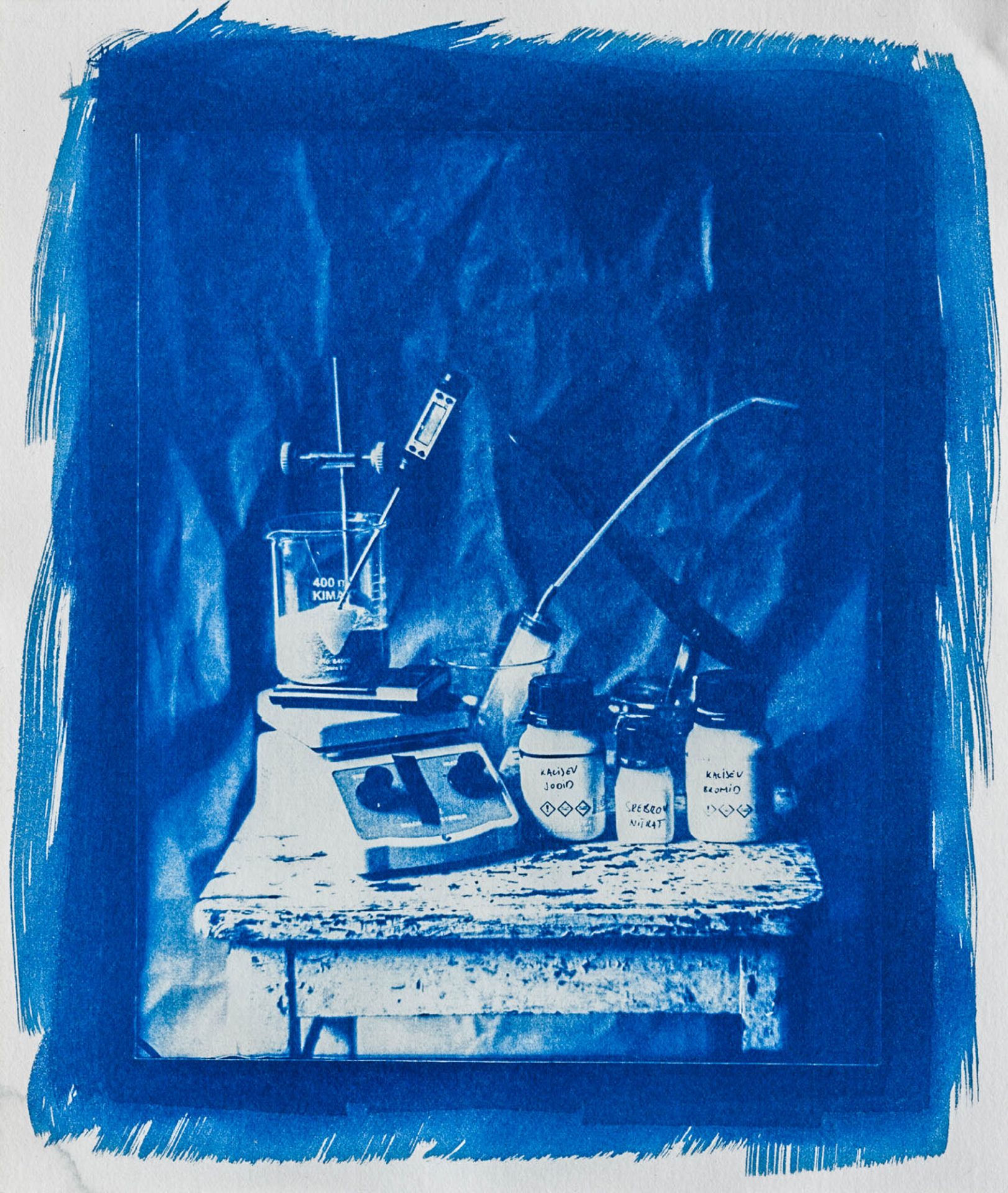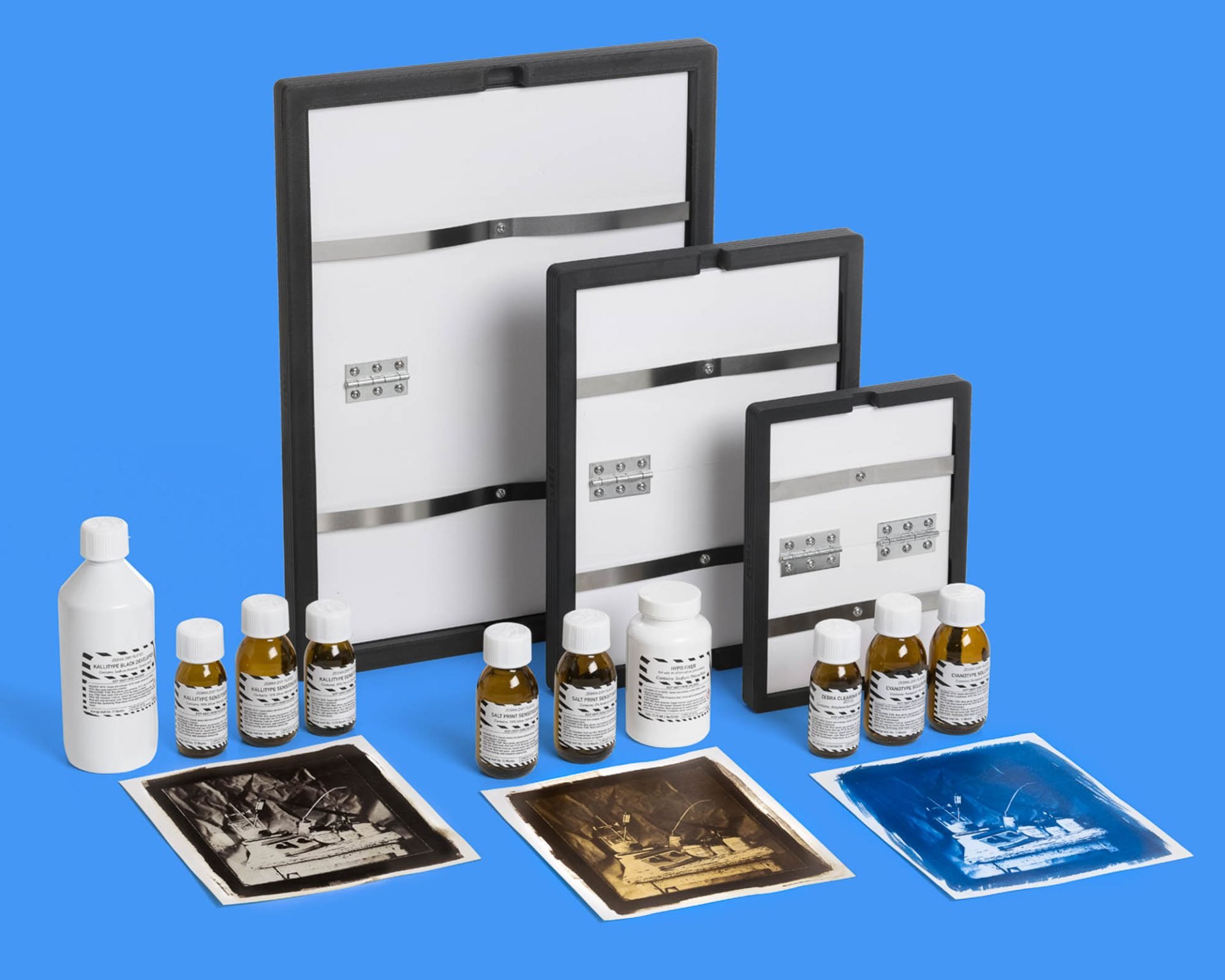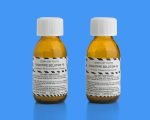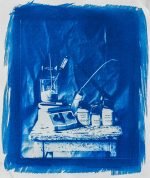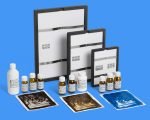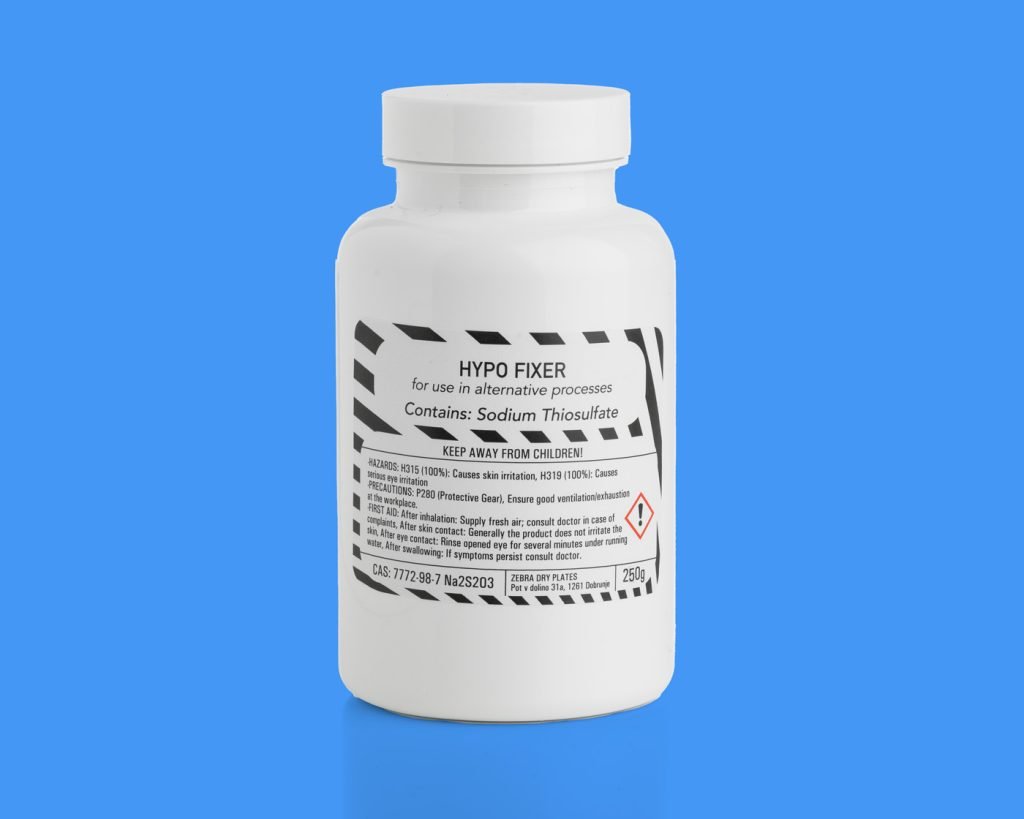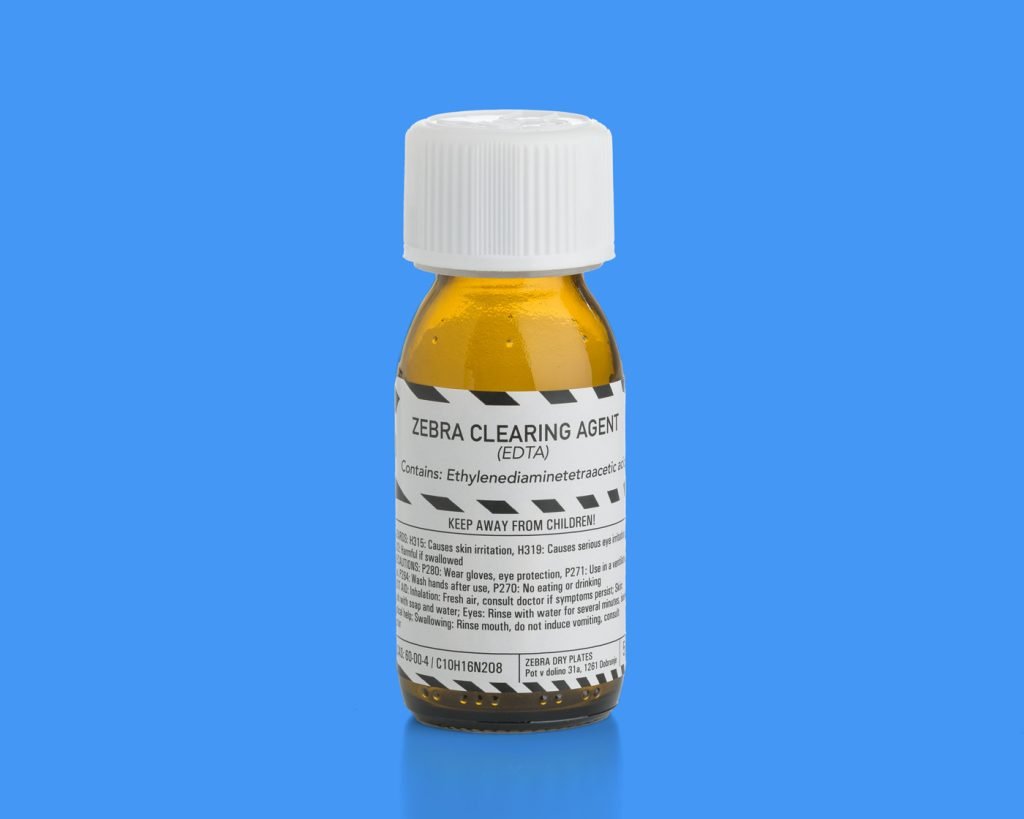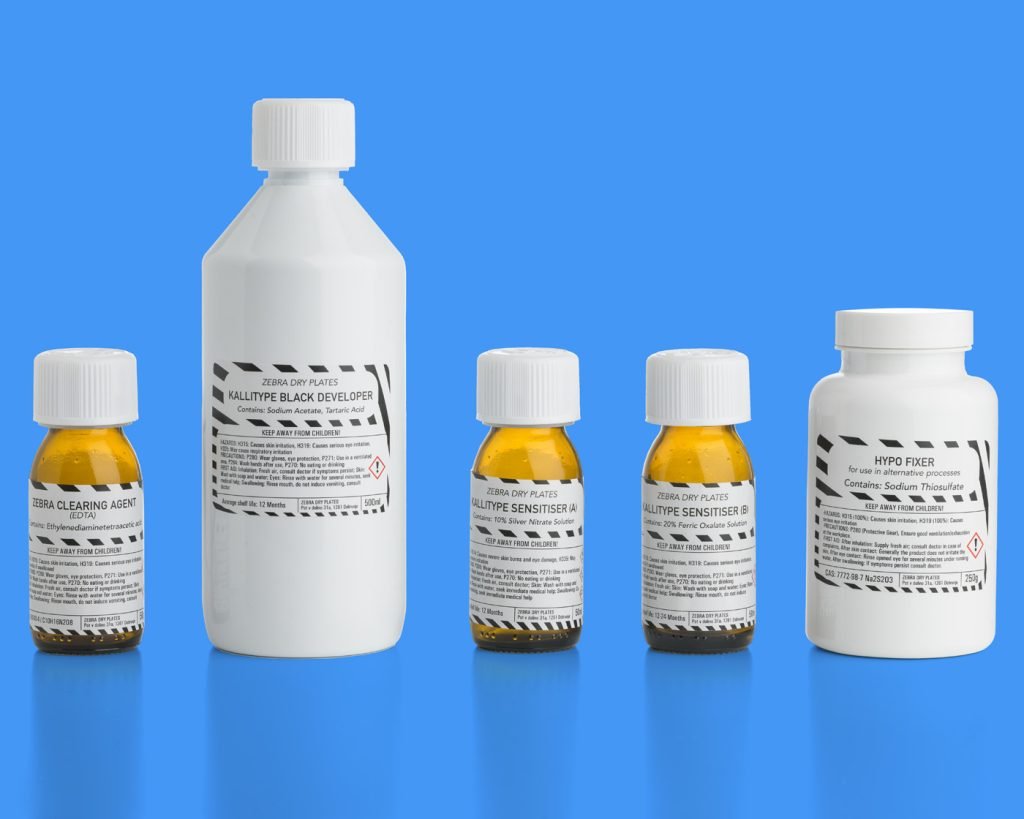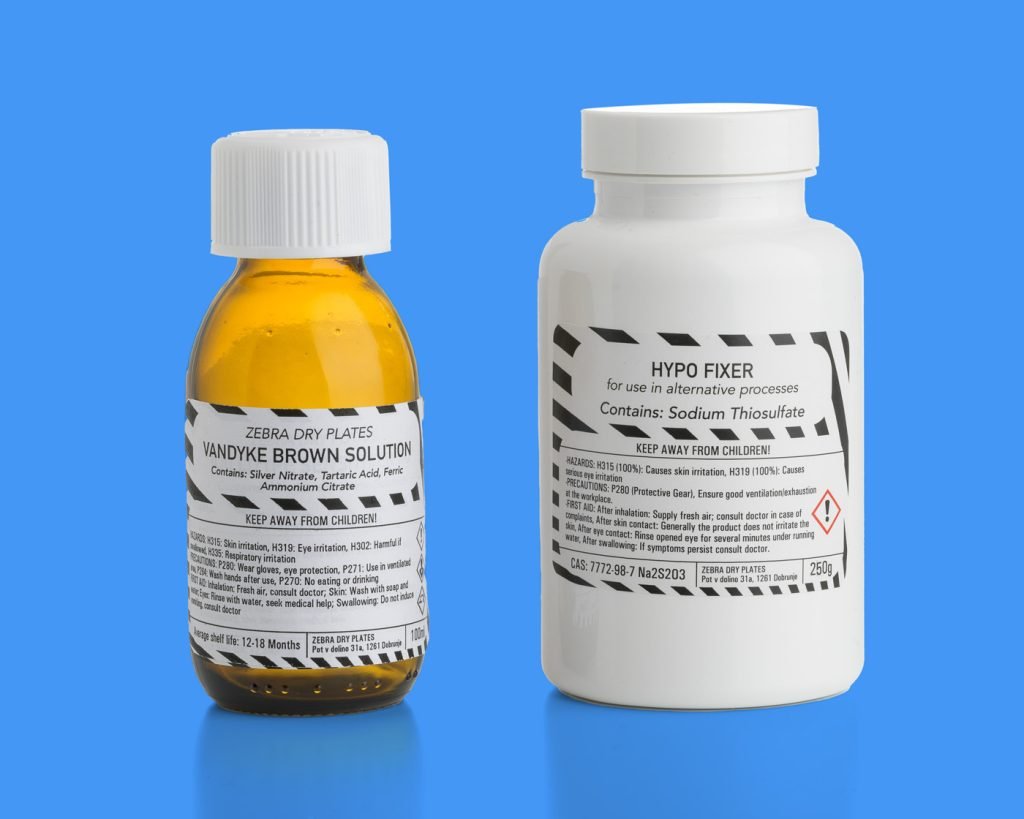A Glimpse into the Past: The History of Cyanotype Printing The cyanotype process, invented by Sir John Herschel in 1842, is one of the earliest photographic techniques. Known for its distinctive blue color, the cyanotype process involves coating paper or fabric with a solution of ferric ammonium citrate and potassium ferricyanide. When exposed to UV light through a negative, the treated surface produces a stunning blue image. This process was widely popularized by Anna Atkins, a botanist and photographer, who used it to create beautiful and detailed images of algae and other plant life.
Cyanotypes were initially used for reproducing technical drawings and architectural plans, known as blueprints. However, their aesthetic appeal quickly made them a favorite among artists and photographers. The process is valued for its simplicity, cost-effectiveness, and the unique, ethereal quality of the resulting images.
Reviving a Classic Technique: The Zebra Classic Cyanotype Kit Today, the Zebra Classic Cyanotype Kit allows you to experience the timeless charm and hands-on craftsmanship of cyanotype printing. This kit is designed to provide you with all the essential materials and knowledge needed to create stunning cyanotype prints, just as Herschel and Atkins did over 180 years ago.
KIT INCLUDES:
- 2 x 100ml glass bottles with Component A & B in powder form
- 2 x 3ml pipette
- In detail User Manual (English)
*Zebra Classic Cyanotype Printing Kit User Manual right HERE.

